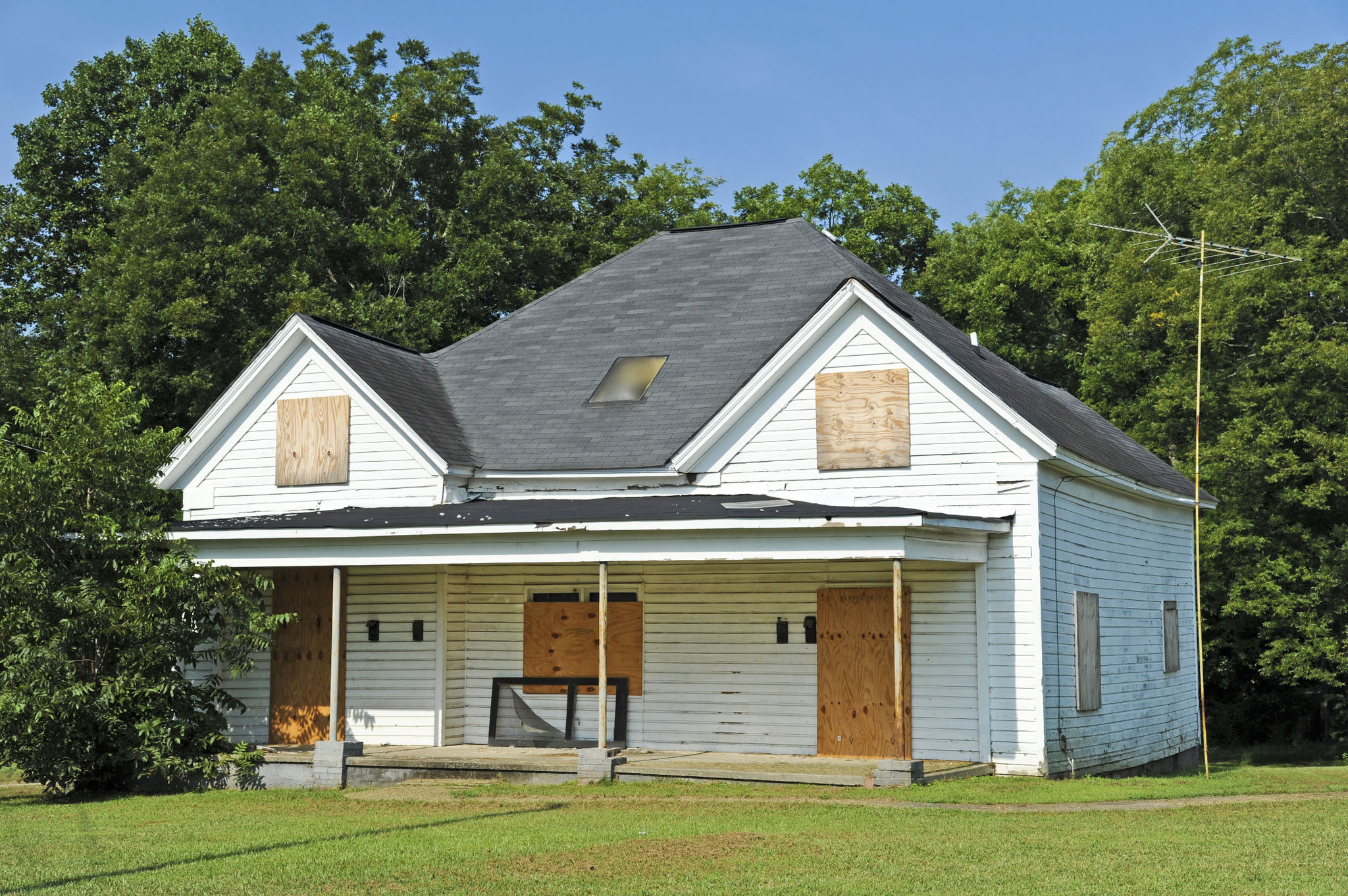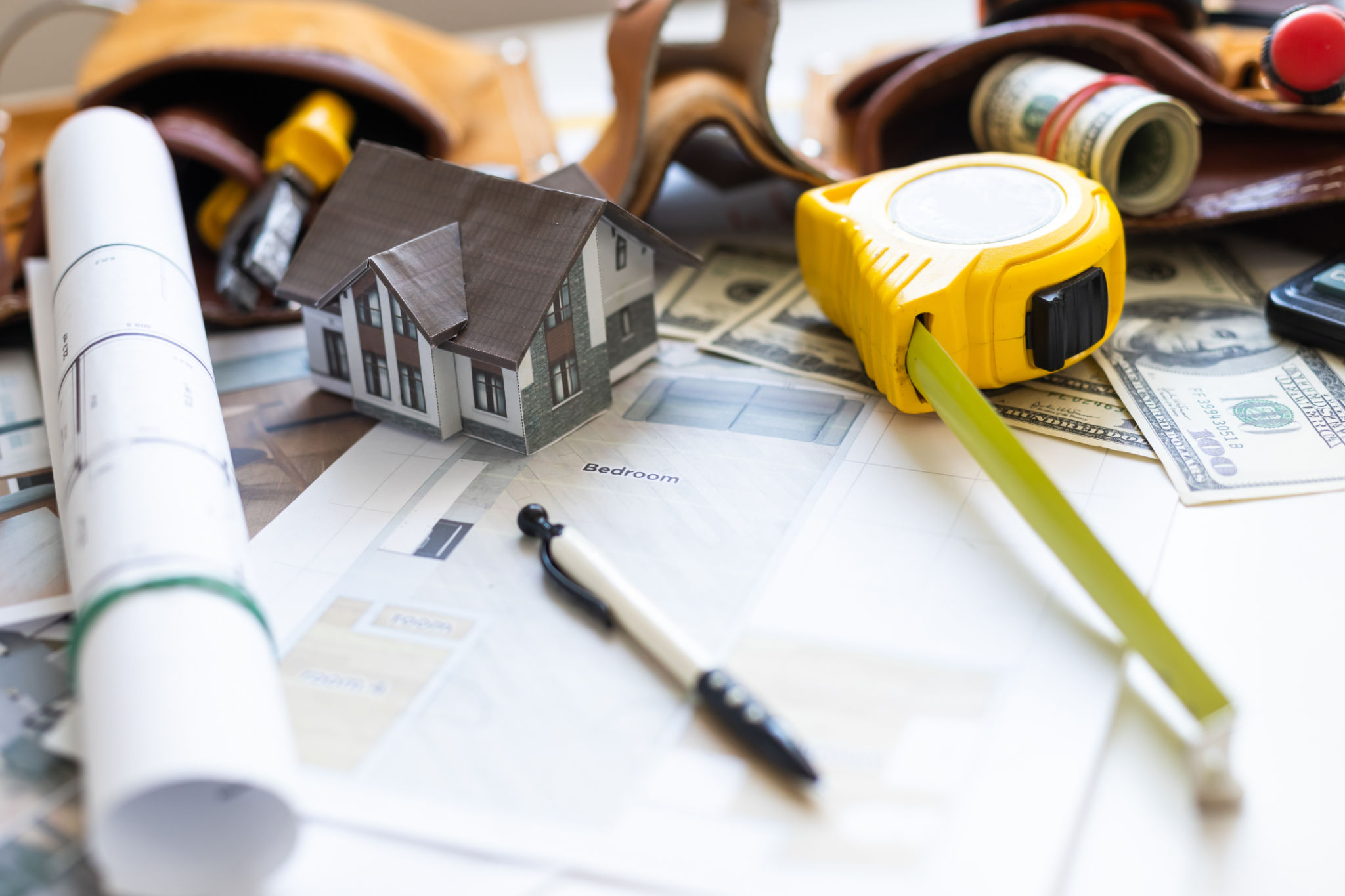Transforming Distressed Properties: A Step-by-Step Guide by Alibros Properties
Understanding Distressed Properties
Distressed properties present both challenges and opportunities for real estate investors. These properties, often a result of foreclosure, neglect, or financial hardship, typically require significant work to restore them to marketable condition. However, with the right approach, transforming a distressed property can lead to substantial returns on investment. In this guide, we will walk you through the essential steps to successfully revitalize a distressed property.

Conducting a Thorough Assessment
Before diving into a renovation project, it is crucial to perform a comprehensive assessment of the property. This includes evaluating structural integrity, plumbing, electrical systems, and overall layout. Hiring a professional inspector can provide valuable insights into the extent of repairs needed and help in estimating costs accurately. Pay special attention to any issues that might affect the property’s safety or compliance with local building codes.
Identifying Key Areas for Improvement
Once the assessment is complete, prioritize areas that need immediate attention. Focus on fundamental repairs such as roofing, foundation work, and utilities. These elements are critical to ensuring the property is safe and livable. After addressing the essentials, consider cosmetic updates that can enhance the property's appeal, such as fresh paint, new flooring, and updated fixtures.

Creating a Renovation Plan
With a clear understanding of the property’s condition and necessary repairs, the next step is to create a detailed renovation plan. This plan should outline the scope of work, timeline, and budget. Working with experienced contractors can help streamline this process and ensure that the project stays on track. Make sure to account for unexpected expenses by setting aside a contingency fund.
Securing Permits and Approvals
Renovating a distressed property often requires obtaining various permits and approvals from local authorities. Ensure that all necessary paperwork is in order before commencing work to avoid potential legal complications. Familiarize yourself with zoning laws and building regulations in your area to ensure compliance throughout the renovation process.

Executing the Renovation
With permits in hand and a solid plan in place, it’s time to begin the transformation. Coordinate closely with contractors to ensure that each phase of the renovation is executed efficiently and according to schedule. Regularly monitor progress and address any issues that arise promptly to prevent delays.
Focusing on Curb Appeal
As renovations near completion, consider improvements that will enhance the property's curb appeal. The exterior of a home creates the first impression for potential buyers or renters. Landscaping, exterior paint, and lighting can significantly impact the property's attractiveness and value.

Listing the Transformed Property
After successfully completing renovations, it’s time to list the property on the market. Highlight the improvements made and emphasize the property’s new features in marketing materials. High-quality photographs and virtual tours can showcase the transformation and attract interested buyers or tenants.
Working with Real Estate Professionals
Partnering with experienced real estate agents can expedite the selling or leasing process. They can provide valuable insights into pricing strategies, marketing techniques, and negotiation tactics that align with current market trends. Their expertise can help achieve the best possible return on your investment.
By following these steps, you can effectively transform distressed properties into lucrative investments. With careful planning and execution, Alibros Properties can turn even the most neglected homes into desirable living spaces that attract buyers and tenants alike.
